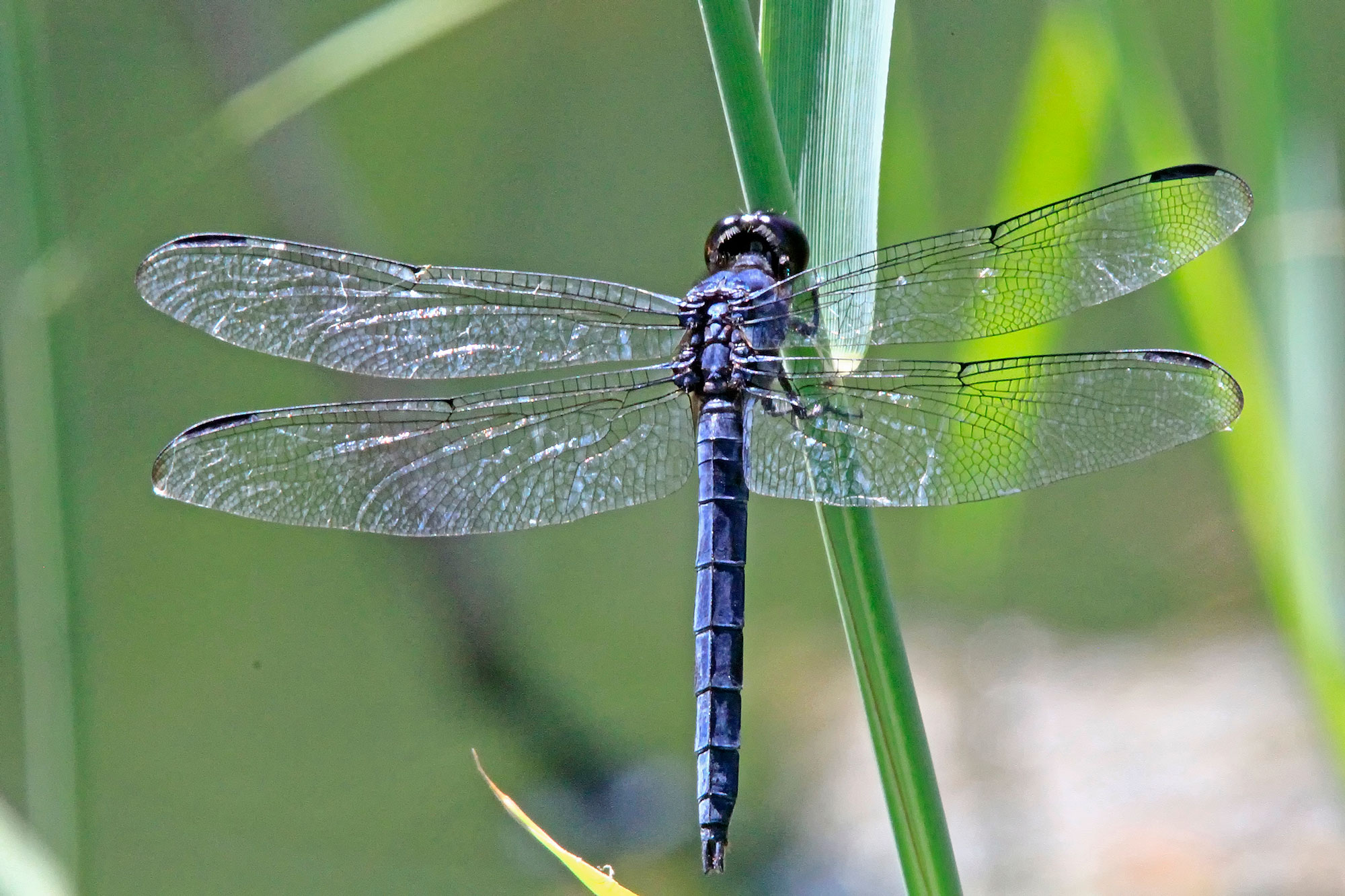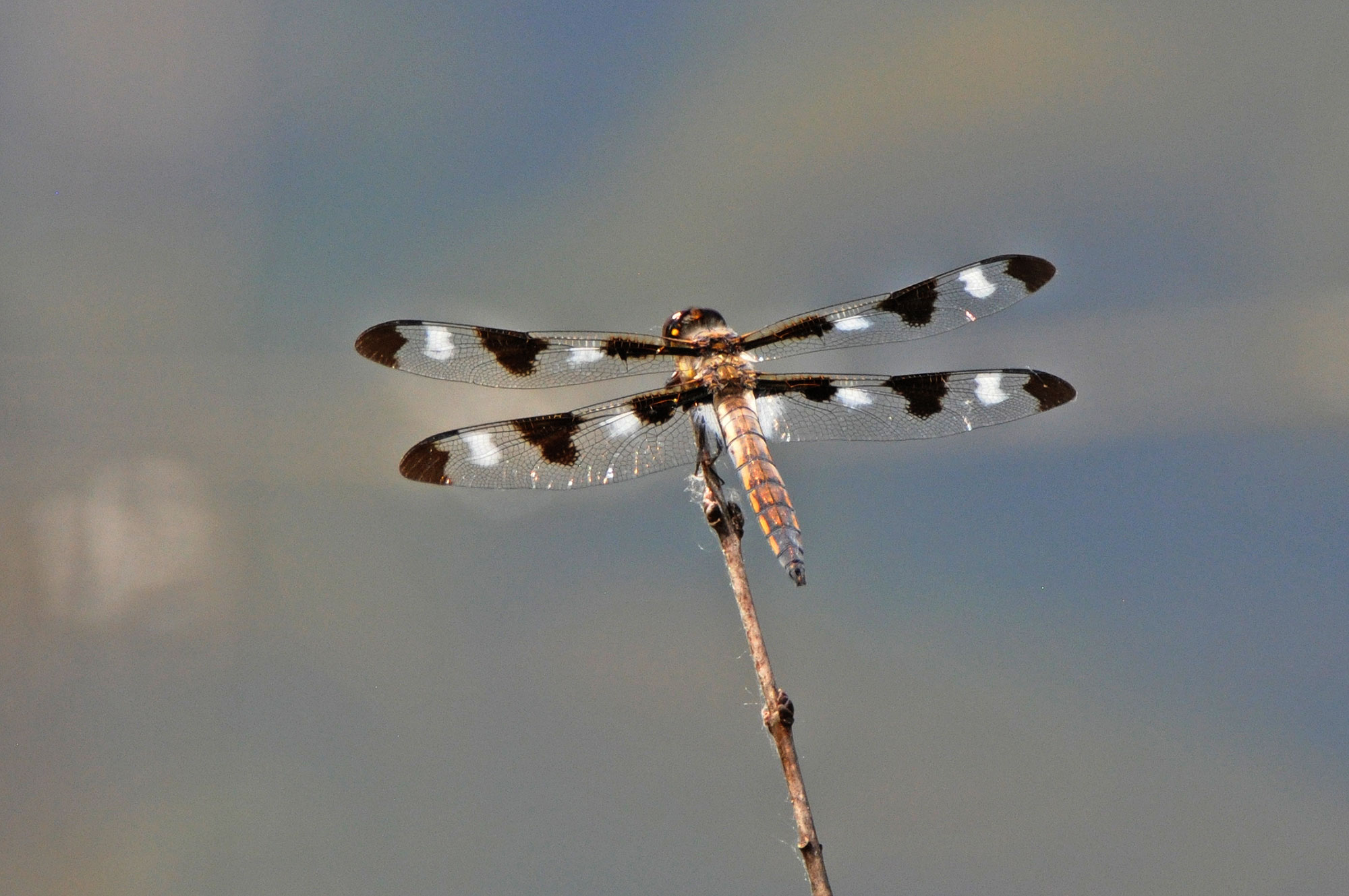| Story by Meghan McMahon |
7/23/2018
Dragonflies are one of the few insects that draw appreciation rather than ire. We don’t shoo these creatures away, like we do flies and mosquitoes, but rather watch them closely, admiring their beauty and intricate flight patterns.
These long-winged creatures date back more than 300 million years and were among the first winged insects to evolve. Today, their wingspans range from 2 inches to 5 inches, but fossilized dragonflies have been found with wingspans as big as 2 feet.
Dragonflies are exceptional fliers, with the ability to fly straight up and down as well as hover in the air like a helicopter. They even mate in flight, which is why we sometimes see two dragonflies that appear conjoined. Without the ability to fly, dragonflies wouldn’t be able to eat, because they catch their prey in flight, grabbing it with their feet, Smithsonian magazine reports.
Dragonflies primarily eat other, smaller insects, which gives them an important role as a predator in the food chain, particularly because they consume disease-carrying insects such as mosquitoes and some fly species.
Illinois is home to 98 dragonfly species, according to the Illinois State Museum. The species are divided into seven families: clubtails, cruisers, darners, emeralds, petaltails, skimmers and spiketails. Like other insects, dragonflies go through three life stages: egg, larva and adult. Adult females lay their eggs in the spring, typically in floating plant debris. The larvae emerge three weeks later, feeding on aquatic life for about 11 months. Once matured, the nymphs walk out of the water, split from their skin and emerge as adults with wings. The adults remain near their water habitats, but spend most of their time over land.
Here’s a closer look at some of the dragonflies commonly seen across Will County and some of their key features and traits.

)
)
)
)
)
)
)
)
)
)